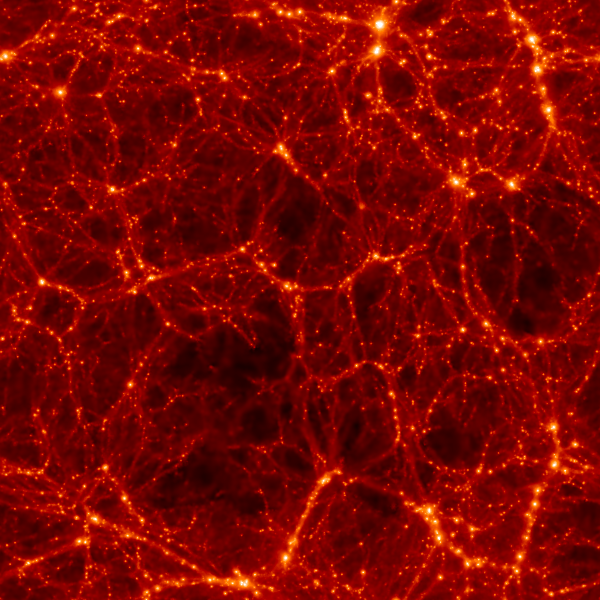 LSS Mini-course
LSS Mini-course
Summer 2003
There will be a mini-course on large-scale structure, held in the Astronomy
department (Rm 544) July 7-11, in the afternoons from 2-4:30 pm.
The purpose of this course is to review foundational material in the subject
of large-scale structure and to cover more advanced topics not regularly
covered in the currently offered courses.
The course will run as follows: certain more specialized topics will be
covered by faculty or postdocs with particular expertise in the topic.
More basic, "general-knowledge" sorts of topics will be covered by
students in the course who volunteer to read up on the subject and prepare
a lecture. In general, all students will be assigned some reading on the
subject; the presenter will read a bit more widely and present the
material in class. Hopefully the class will be small enough that the
format can be more discussion-style than lecture-style.
Course outline
- Monday
- Things you do with redshift surveys: a journal club on recent LSS papers
- Tuesday
- Luminosity functions.
Darren Madgwick
Notes:
- Tuesday
- Theoretical basics:
the power spectrum, transfer functions and the growth of perturbations;
relations to background cosmology.
Overview of methods for measuring the power spectrum; current constraints.
Brian Gerke
Reading:
- Wednesday
- From continuous fields to point processes: the Poisson model and
optimal sampling.
Michael Boylan-Kolchin
Notes:
- Wednesday
- Cosmology from the abundance of objects: the Press-Schechter
formalism (and extentions, e.g., Sheth & Tormen).
Jared Mehl
Notes:
- Thursday
- Computing two-point statistics (correlation function, power spectrum):
overview, history, and recent developments.
Joanne Cohn
Reading:
- Thursday
- Redshift space distortions: the Kaiser formula and beyond.
Shwetabh Singh
Reading:
- Friday
- The many meanings of bias.
Martin White
Reading:
- Friday
- The halo model -- a basic overview.
Renbin Yan
Reading:
- Friday
- Lower-dimensional surveys (weak lensing, SZ).
CANCELLED
Also some notes on higher-order perturbation theory
by Jordan Carlson. This PDF has embedded animations which are best viewed
using the Adobe reader.
A list of past, present and future galaxy redshift surveys can be found by
following this link.
 Back to Home Page
Back to Home Page
 Back to Home Page
Back to Home Page
 LSS Mini-course
LSS Mini-course